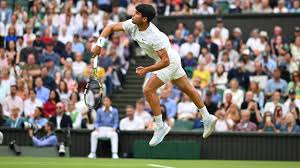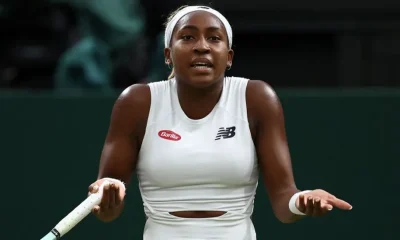TENNIS
Tennis: Automated line calls will replace human judges at US Open amid coronavirus pandemic
-
-
by
Espnstaff
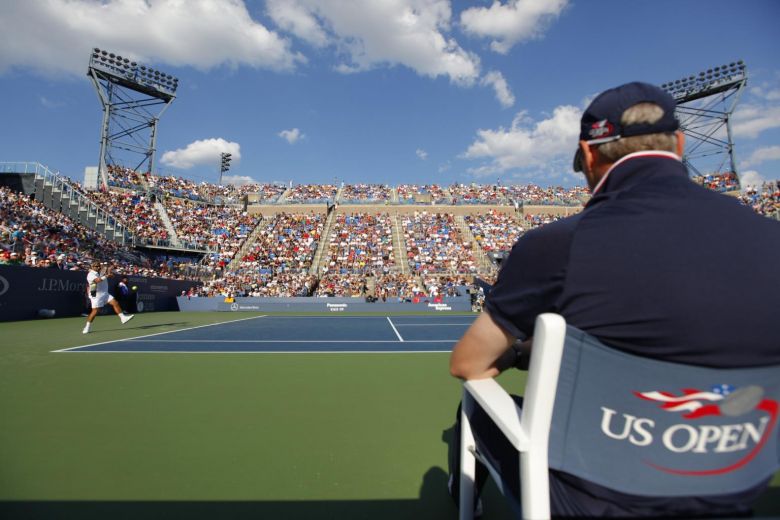
NEW YORK (NYTIMES) – Three weeks of World TeamTennis at the Greenbrier resort in West Virginia had come down to a single point on Sunday (Aug 2).
In the last match of the final, the New York Empire and the Chicago Smash had a simultaneous championship point at 6-6 in the decisive women’s doubles tiebreaker.
Sloane Stephens of the Smash hit her first serve in play. Coco Vandeweghe of the Empire took a bold forehand cut and her return flew well out of Stephens’ reach, landing deep near the baseline.
There was no call by a line judge, because there were no line judges on the court.
Instead, the critical call was made electronically, and though Stephens and the Smash asked to see a replay of the virtual ball mark, it only confirmed the judgment of the machine.
The replay showed Vandeweghe’s shot had landed on the back half of the baseline. The Empire had a 21-20 victory and the celebration could begin in earnest.
World TeamTennis was using Hawk-Eye Live, an automated system that not only eliminates line judges but also eliminates the challenge setup in which players can ask for human calls to be reviewed by an electronic system.
Covid-19: Don’t miss the latest on the outbreak and its impact
Stay in the know with e-mail alerts
With Hawk-Eye Live, the electronic system makes all the calls, even if there are some familiar touches like the recorded voices that shout “out”, “fault” or “foot fault”.
When a line call is particularly close, the system automatically uses a recorded voice that projects more urgency.
The Hawk-eye live camera used at the World TeamTennis. PHOTO: WORLDTEAMTENNIS/TWITTER
As in GPS systems, different voices (and languages) can be used and during World TeamTennis, both male voices and female voices were used during matches.
“For us, actually having a human voice still call ‘out’ rather than using a beep or some other sound was an important part of making sure the feel of the sport didn’t change,” said James Japhet, the managing director of Hawk-Eye North America.
But there is no doubt that Hawk-Eye Live represents major change and later this month it is set to make its Grand Slam tournament debut.
The United States Tennis Association (USTA) plans to deploy it on all but its two biggest show courts at the US Open, scheduled for Aug 31-Sept 13.
The US Open was the first Grand Slam event to use electronic line calling for its challenge system in 2006.
In 2018, it became the first Grand Slam event to make that available on all its courts.
Related Story
Tennis: Andy Murray wants assurance on Covid-19 quarantine issues before US Open
Related Story
Tennis: World No. 1 Ashleigh Barty pulls out of US Open over coronavirus fears
Related Story
Tennis: Australia’s Nick Kyrgios withdraws from US Open
Now comes the next phase as Hawk-Eye goes from serving as quality control and a broadcast tool to being the first and final word.
The system also will be used at the Western & Southern Open, the combined WTA and ATP event transplanted from the Cincinnati suburbs that is scheduled for the week before the US Open at the USTA Billie Jean King National Tennis Centre in New York City.
“I’m happy to see the U.S. Open using Hawk-Eye Live,” said Carlos Silva, chief executive of World TeamTennis.
“Is the system perfect? Probably not. Is it close to perfect? Yes. Is it more perfect than humans? 100 per cent yes.”
It also has the potential to put quite a few human line judges out of work, which is partly why the sport as a whole has been slow to adopt Hawk-Eye Live.
There is also concern that it could make it more difficult to develop quality chair umpires because line judging is the typical pathway to the chair.
“I imagine I’m off a few Christmas card lists,” Japhet said. “We’re not in the business of trying to remove people from the sport. It just happens to have been a byproduct of this particular advancement of the technology. So I think there certainly have been questions asked on our side and the sport’s side as to whether this is the right thing to do.”
World TeamTennis chose to forgo line judges and use Hawk-Eye Live for the last three years.
The men’s Tour has done the same since 2017 at its Next Gen ATP Finals, an experimental event for the best players under the age of 22.
Related Story
Tennis: Naomi Osaka will play in US Open, says management team
Related Story
Tennis: Djokovic, Nadal, Serena enter US Open tuneup tournament
Related Story
Tennis: US Open ‘not impacted’ by cancellation of Washington event
But what is driving the US Open’s decision above all is the coronavirus pandemic and the need to maintain safety and social distancing.
“Every functional area of the tournament has been asked to limit the number of people who physically need to be on-site,” said Stacey Allaster, the US Open tournament director.
That includes officials, and by using Hawk-Eye Live on 15 of the 17 match courts, the US Open can drastically reduce the number of line judges on site: from approximately 350 to well under 100.
Only Arthur Ashe Stadium and Louis Armstrong Stadium will still feature full, officiating crews of nine line judges who work rotating one-hour shifts.
The other courts will have only a chair umpire, who will call the score after Hawk-Eye Live makes the call and who will focus more on monitoring player behaviour and the pace of play.
The umpires will not be allowed to overrule the machines on line calls, only taking over if the system breaks down during a point and fails to make a call.
If the audio system were to fail, a light attached to the umpire’s chair would still indicate when Hawk-Eye has determined a shot is out.
The system is not entirely glitch-free.
During this World TeamTennis season, Jessica Pegula of the Orlando Storm and Bernarda Pera of the Washington Kastles were playing a tiebreaker in a women’s singles match.
With Pera leading 2-1, she hit a ball that was not called out but that Pegula and her teammates were convinced had landed wide.
They asked to see a replay, and it suspiciously said the ball had landed well within the court.
Japhet said Hawk-Eye officials monitoring the system also have access to a broadcast feed as an additional tool for such rare occasions. But he said the automated system had been tested and shown to be accurate within 2 millimetres.
The ATP Tour, which until now had only authorised the use of Hawk-Eye Live at the Next-Gen Finals, has temporarily approved the system’s use at all ATP events because of the pandemic.
The women’s Tour has for now only approved its use at the Western & Southern Open, which will be the first WTA event to use the system.
Japhet said he expects a significant increase in Hawk-Eye Live use over the next two years in part because of the pandemic and the system’s precision but also because of economics.
Though operating the system is expensive with its 18 cameras, six of them used by a review official to monitor foot faults, it is also costly to house, feed, transport and pay daily wages to hundreds of line judges.
“I think the numbers do stack up for tournaments,” Japhet said. “They have a net savings in using it.”

Must See
-
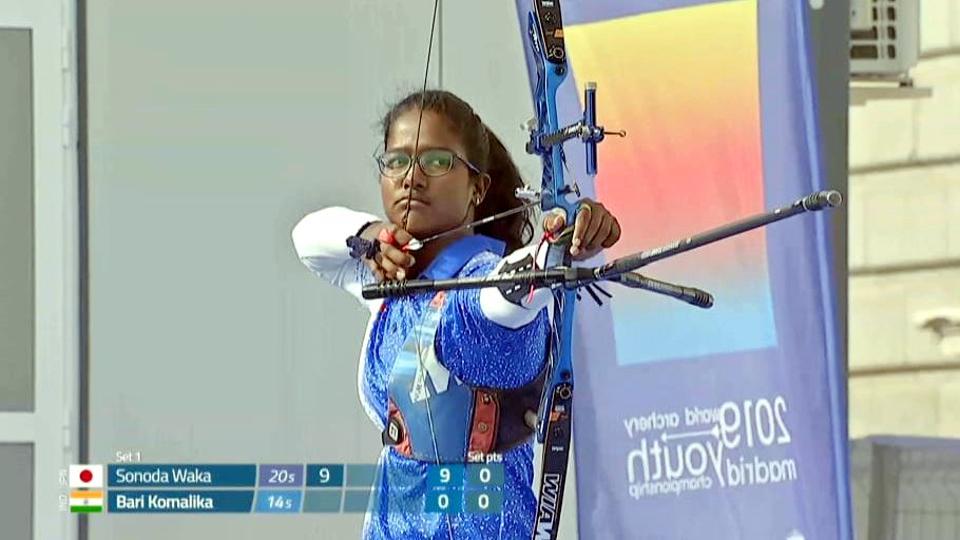

OTHER SPORTS
/ 6 years agoYashaswini sheds doubts on the ski slope, wins gold for Tokyo spot
Shooting is all about that unwavering focus, a sort of tunnel vision to excel...
By Espnstaff -
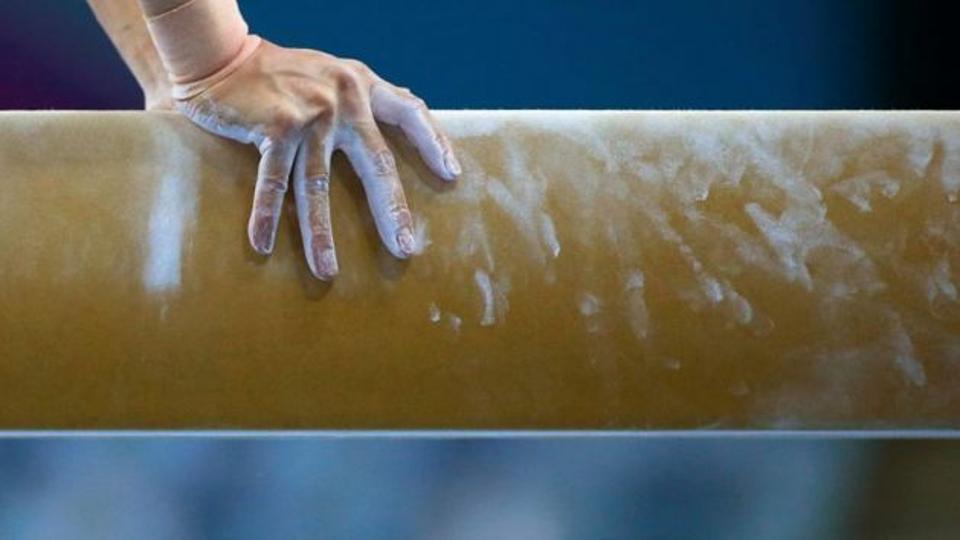

OTHER SPORTS
/ 6 years agoGymnastics trials put off due to simmering feud
In a major setback to aspiring Indian gymnasts preparing for the 2020 Tokyo Olympics,...
By Espnstaff -
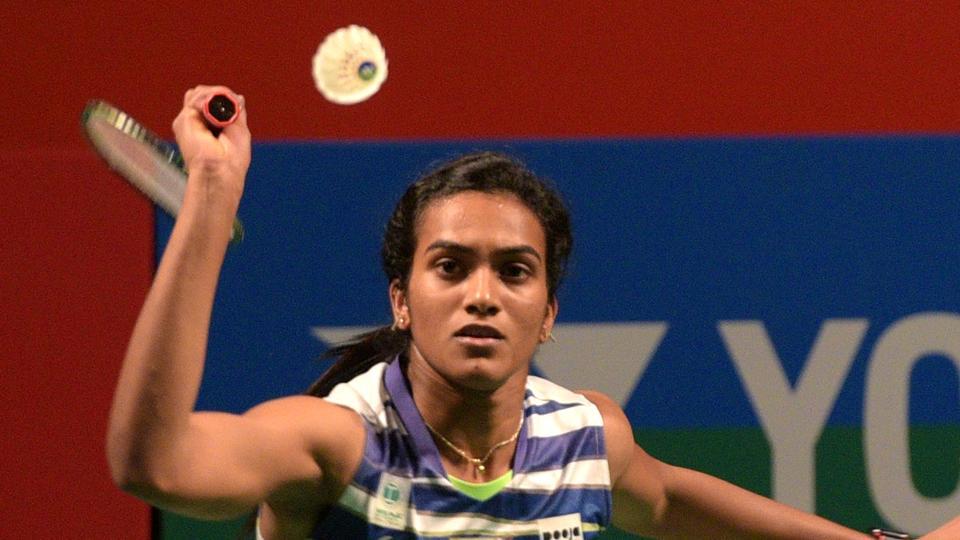

OTHER SPORTS
/ 6 years agoChina Open next stop for champion PV Sindhu
PV Sindhu will play her first tournament following the World Championship triumph at the...
By Espnstaff




